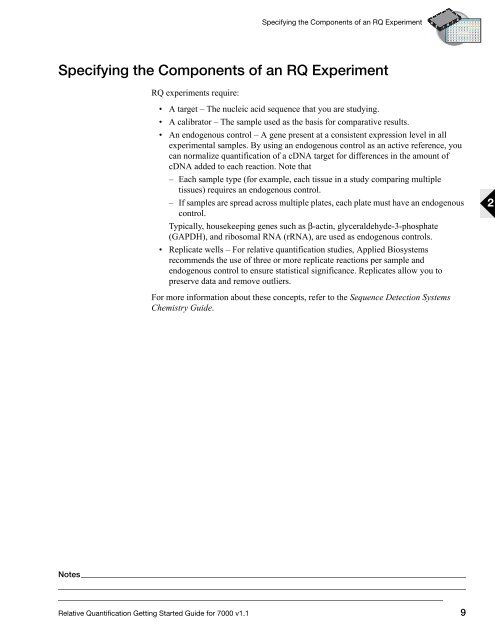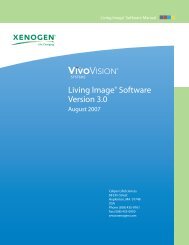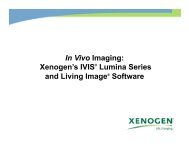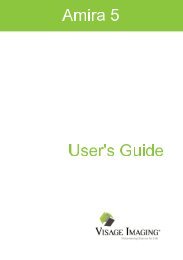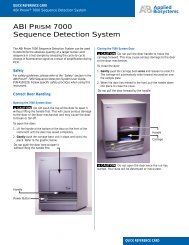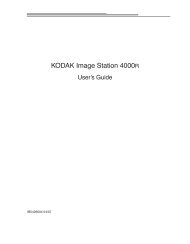ABI PRISM 7000 Sequence Detection Systems Relative ...
ABI PRISM 7000 Sequence Detection Systems Relative ...
ABI PRISM 7000 Sequence Detection Systems Relative ...
You also want an ePaper? Increase the reach of your titles
YUMPU automatically turns print PDFs into web optimized ePapers that Google loves.
Specifying the Components of an RQ Experiment<br />
Specifying the Components of an RQ Experiment<br />
RQ experiments require:<br />
• A target – The nucleic acid sequence that you are studying.<br />
• A calibrator – The sample used as the basis for comparative results.<br />
• An endogenous control – A gene present at a consistent expression level in all<br />
experimental samples. By using an endogenous control as an active reference, you<br />
can normalize quantification of a cDNA target for differences in the amount of<br />
cDNA added to each reaction. Note that<br />
– Each sample type (for example, each tissue in a study comparing multiple<br />
tissues) requires an endogenous control.<br />
– If samples are spread across multiple plates, each plate must have an endogenous<br />
control.<br />
Typically, housekeeping genes such as β-actin, glyceraldehyde-3-phosphate<br />
(GAPDH), and ribosomal RNA (rRNA), are used as endogenous controls.<br />
• Replicate wells – For relative quantification studies, Applied Biosystems<br />
recommends the use of three or more replicate reactions per sample and<br />
endogenous control to ensure statistical significance. Replicates allow you to<br />
preserve data and remove outliers.<br />
2<br />
For more information about these concepts, refer to the <strong>Sequence</strong> <strong>Detection</strong> <strong>Systems</strong><br />
Chemistry Guide.<br />
DRAFT<br />
September 26, 2003 3:14 pm, C2_Design.fm<br />
Notes<br />
<strong>Relative</strong> Quantification Getting Started Guide for <strong>7000</strong> v1.1 9


